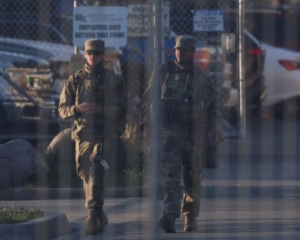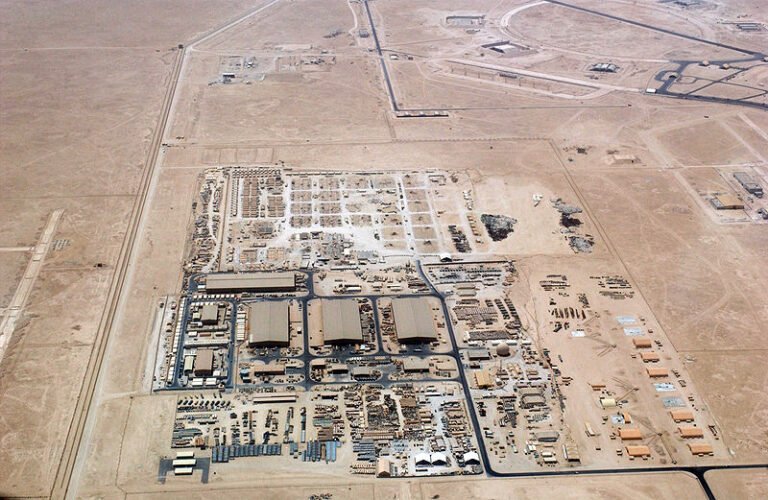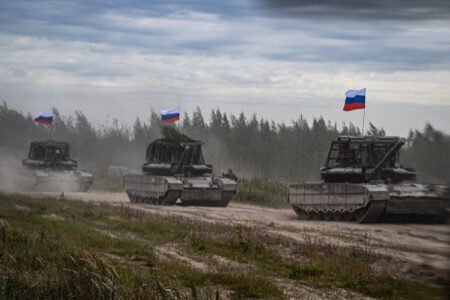Al Udeid Air Base is one of the most important military facilities used by the United States and its allies in the Middle East. Located about 30 kilometers southwest of Doha, the capital of Qatar, this base plays a key role in military operations across the region. Its position in the Persian Gulf makes it a critical asset, especially during times of tension involving countries like Iran, Iraq, and Syria.
The base is owned by the government of Qatar but is operated mainly by the United States Air Force (USAF) and the Qatar Emiri Air Force (QEAF). It also supports military forces from allied nations, including the United Kingdom and Australia. These countries use Al Udeid as a center for joint operations, training, and coordination of air missions across the Middle East.
One of the most striking features of Al Udeid Air Base is its infrastructure. It has a long runway measuring about 12,500 feet, capable of handling large military aircraft. The base is also equipped with modern facilities such as hardened aircraft shelters, large munitions storage areas, fuel reserves exceeding 100 million liters, and high-tech command and control centers. These facilities support around 10,000 personnel stationed at the base, including pilots, engineers, and intelligence officers.
Al Udeid Air Base serves several vital military functions. It is the main headquarters for the U.S. Central Command (CENTCOM) and the U.S. Air Forces Central Command (AFCENT). It hosts the Combined Air Operations Center (CAOC), which coordinates and directs air missions in multiple countries. The base supports aerial refueling operations, intelligence gathering using drones and surveillance planes, airstrikes, and the movement of troops and equipment. These operations are especially critical for missions in Afghanistan, Iraq, and Syria.
The base has also undergone major upgrades in recent years. Qatar has invested heavily in modernizing Al Udeid Air Base to increase its capacity and efficiency. New buildings, enhanced runways, and updated command facilities have improved its ability to host international forces and support complex operations. These improvements have made Al Udeid not just a military base but a central hub for regional security efforts.
However, the importance of Al Udeid Air Base also makes it a potential target during times of conflict. Its strategic value means that it is often at the center of international tensions. For example, during past confrontations between the U.S. and Iran, the base has been placed on high alert. In early 2025, the base was reportedly targeted during a missile strike by Iran’s Revolutionary Guard, showing how quickly tensions can impact operations at the site. In such situations, the base also becomes a focus of diplomatic discussions and military planning.
Security remains a top priority at Al Udeid. The base is surrounded by multiple layers of defense systems, including anti-missile batteries, surveillance radars, and rapid response teams. These measures aim to protect both the personnel on site and the advanced technology housed within the base. The United States and Qatar work closely to ensure the safety of operations, with regular joint exercises and intelligence sharing.
Al Udeid Air Base also holds political significance. It reflects the strong military and diplomatic relationship between the United States and Qatar. This partnership has continued to grow, even as regional politics shift and new alliances form. For Qatar, hosting such a critical military base strengthens its ties with the West and enhances its role as a regional power.
As military and political tensions continue to shape the Middle East, Al Udeid Air Base will likely remain a central figure in both defense and diplomacy. Its role extends beyond Qatar’s borders, influencing decisions and actions across an entire region marked by both cooperation and conflict.







